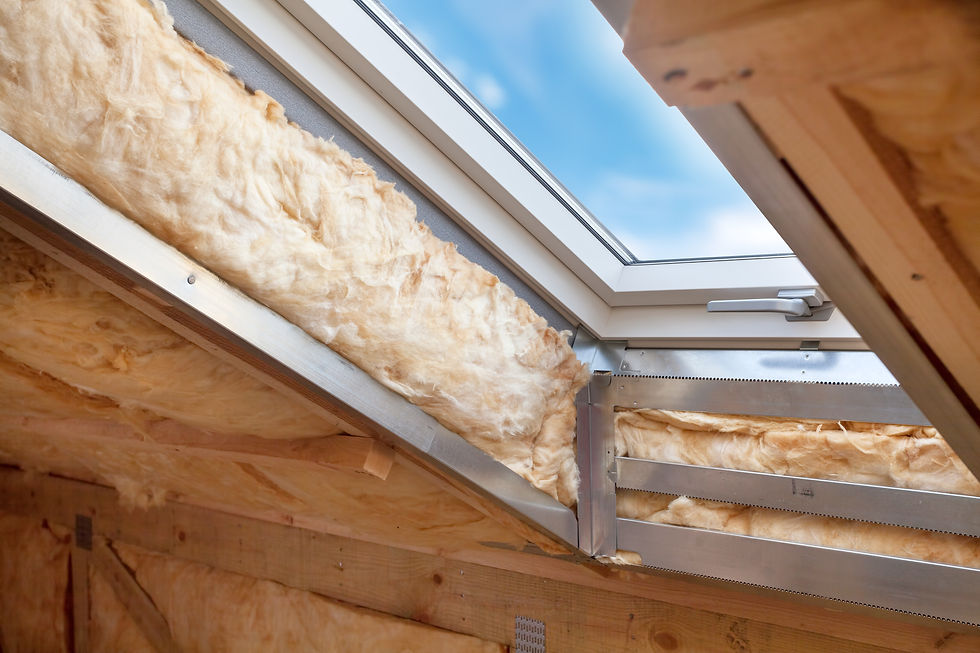Embracing Sustainability: Incorporating Eco-Friendly Elements into Your Home
- Kat Lauren

- Jan 30, 2024
- 3 min read
Updated: Jan 26
Embracing Sustainability: Incorporating Eco-Friendly Elements into Your Home Design

As an interior designer, one of the most exciting and invigorating trends in recent years has been the focus on sustainable design. Embracing eco-friendly elements not only benefits the environment but also creates healthier and more harmonic living spaces. In this blog, we will explore the key principles of sustainable design and share practical tips and ideas to help you incorporate eco-friendly elements into your home.
1. Harnessing Natural Light
Natural light is a timeless and sustainable design element that instantly enhances the beauty of any home. By optimizing the flow of natural light, you can reduce the need for artificial lighting during the day. Consider incorporating skylights, large windows, glass doors, and light-colored window treatments to maximize the entry of natural light. This not only saves energy but also creates a warm and inviting atmosphere.

2. Utilizing Energy-Efficient Lighting
When artificial lighting is necessary, opt for energy-efficient solutions. Replace traditional incandescent bulbs with LED lights, which consume significantly less energy and last longer. Additionally, installing dimmer switches allows you to adjust lighting levels to suit different moods, saving both energy and money.
3. Choosing Sustainable Materials
Incorporating sustainable materials into your home design can make a huge difference. Opt for furniture and decor made from eco-friendly materials, such as reclaimed wood, bamboo, cork, or recycled metal. These materials not only reduce the strain on natural resources but also add unique character to your space.

4. Embracing Low or Zero VOC Paints
Conventional paints often contain volatile organic compounds (VOCs), which release harmful chemicals into the air. To improve indoor air quality, choose low or zero VOC paints that are free from harmful toxins. These paints are now available in a wide range of colors, ensuring you don't have to compromise on style. These can now be found at Home Depot. Although they will be more expensive than the average paint.
5. Enhancing Energy Efficiency with Insulation
Investing in proper insulation not only helps to regulate temperatures within your home but also reduces energy consumption. Consider using insulation materials made from recycled content, such as cellulose or recycled denim, and ensure that windows and doors are properly sealed. Climaloc products at Rona, offers a great alternative for recycled denim insulation

6. Water Conservation and Efficiency
Incorporate water-saving fixtures into your kitchen and bathroom design to promote water conservation. Install aerators on faucets, low-flow showerheads, and dual-flush toilets to reduce water usage without compromising functionality and comfort. Additionally, consider utilizing rainwater harvesting techniques to irrigate your garden or nourish indoor plants.
7. Sustainable Flooring Options
Flooring choices can heavily influence the sustainability of your home. Choose eco-friendly materials such as reclaimed hardwood, cork, bamboo, or recycled glass tiles. These options minimize the negative impact on the environment while providing distinctive textures and aesthetics. Forbo is an example of some sustainable flooring options

As an interior designer, embracing sustainable design and incorporating eco-friendly elements into your home not only contributes positively to the environment, but also creates a space that promotes health, well-being, and comfort. From harnessing natural light to utilizing energy-efficient lighting and choosing sustainable materials, there are numerous ways to incorporate sustainable design principles into your home. By making conscious choices, we can all contribute to a greener and more sustainable future within the realm of interior design. Please make sure to give us a call and see how we can help with your design at Mk Imperium Design in Montreal ,Quebec. We are a interior design Montreal firm
_edited.jpg)



Comments